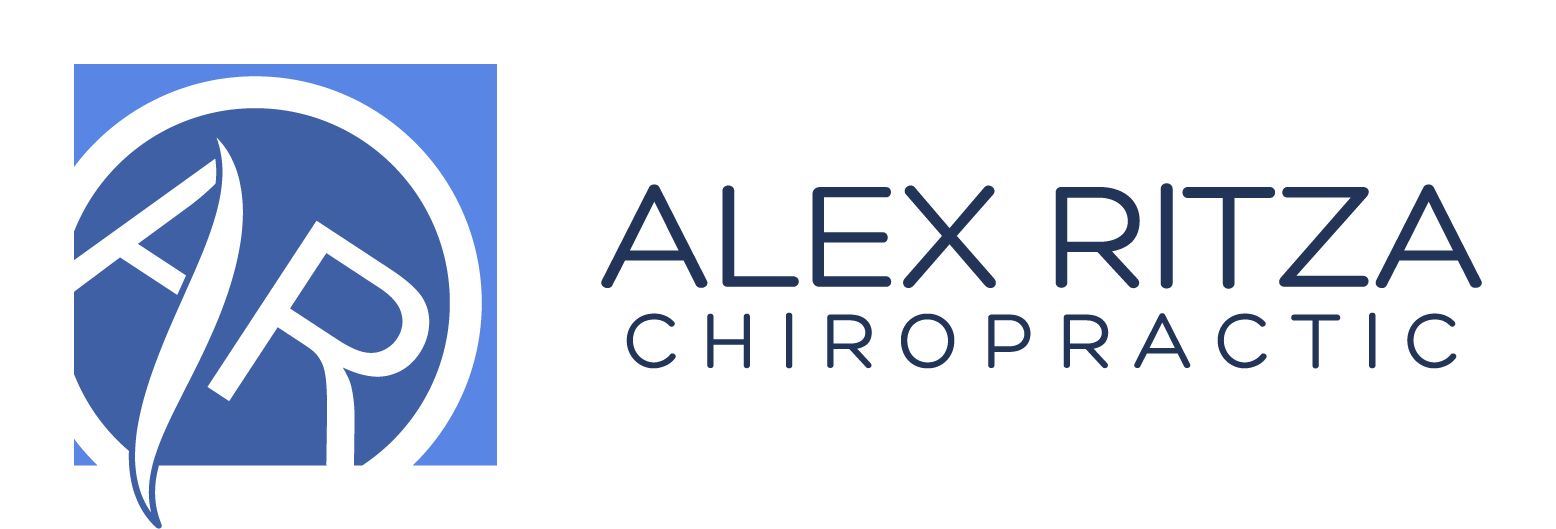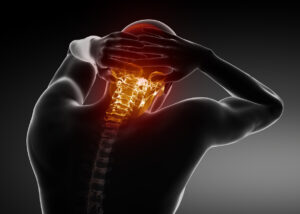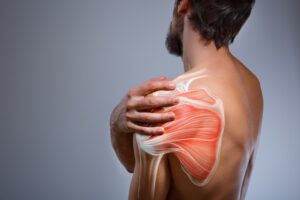With the golf season still in full swing (minus these last days of chilly weather), and club championships ongoing or around the corner, there is no better time to improve your swing.
I don’t want to change your swing plane, grip, or anything serious like that. I want to help the beginner to expert golfer avoid the crippling low back pain that so many professionals like Tiger Woods and Fred Couples experience. By giving you a couple of tips we can help to reduce the chance or existence of any low back pain, and keep you on the links playing excellent…. well maybe just playing.
To simplify four years of chiropractic college and the available research: as you move from the feet, up the legs, to the back and core and, out to the arms, each joint has a different role. Joints alternate in their range of motion and ability to move. Some provide stability and some provide mobility.
The ankles move a lot in three plane of motion. The knee moves in one plane of motion. Moving up the chain to the hip, we see that the hip is designed to move a a lot, in almost 360 degrees. The elbow is very stable with only one plane of movement (flexing and extending the arm) and is sandwiched between the very mobile wrist and shoulder. It is pretty simple, joints alternate between “very mobile” and “less mobile” (offering stability).
So if the hips are supposed to be very mobile, then by definition, the next joint up the chain should be very stable. The next joints, are the joints of the (low back). Research from the Spine Lab at the University of Waterloo has definitely shown that a lumbar spine that flexes, twists or contorts more, is going to be more susceptible to low back pain and disc herniation – chiropractic 101 –. Maintaining a stable core that is not responsible for producing the bending and rotation your body needs to move will save your back. Other joints like the hips are intended to produce these movements.
Despite this, studies have shown that low back pain amongst golfers is the most common musculoskeletal complaint. Further more, research has shown that the low back pain suffered by golfers might not be a problem with the low back, but rather with the hips!!
An American Journal of Sports Medicine article entitled Low back pain in professional golfers- the role of associated hip and low back range-of- motion deficits (2004) reported the following:
- Professional golfers with a history of repetitive low back pain demonstrated less low back extension (backwards bending) range of motion than asymptomatic golfers. Therefore more low back extension is better.
- Professional golfers with low back pain had reduced internal rotation and external rotation of the lead hip. If you are right handed, the left hip needs to be able to move a lot to save the low back.
- Amateur golfers display worse swing mechanics (obviously), which places more torque and stress on the lumbar spine than professional golfers. If you are a weekend duffer like me on some outings, than these changes are even more important for you.
Conclusion: a golfers who suffers from low back pain might not have a back problem – they likely have a HIP PROBLEM. The lead hip isn’t rotating enough and the low back is having to move too much to compensate. This is placing the low back under the bad bending, flexing and torque forces that research has shown to be injurious.
While treating the low back with chiropractic or other manual care will help, the hips must be fixed in order to stop the problem from coming back.
Here is how to do it:
- Change your stance to a “flared stance”. The feet are angled pointing-out 15 to 20 degrees. This artificially produces better hip range of motion. This change also improves your ability to rotate, generate more power and distance, and take strain off the low back.

Flaring the feet out 15-20 degrees will provide more range for the hips to move – saving the low back - Improve the range of motion in your hips! How? Do this:
- Warm up body and hips muscles with dynamic stretching before your round.
- Stretch-out or foam-roll the pelvis and hip muscles daily during the off-season to improve your hip range of motion.
- Get a massage therapist, chiropractor or physiotherapist to help relax those tight muscles and stiff joints using acupuncture or their hands.
- Improve your low back extension range of motion. This is a safe and healthy position for the back.
- Check out the stretches below for some simple daily back stretches.
Together these tiny changes can help to make your hip joints move better and take strain off the lower back. Not only will these improvements make your season pain-free and longer, but will also improve your distance, lower your scores and make it more enjoyable.
If you are unsure of what stretches to do, please ask your health professional, ask Dr. Alex, or come back in the subsequent weeks to learn what exercises can help your game.
These low back stretches below can be done an hour after waking or at any other point throughout the day.
Hold each stretch for 20-30 seconds while breathing calmly, until a stretch (mild discomfort) is felt. Repeat each stretch two to three times.
They should not be painful and should be stopped if pain is present




May your ball go long and straight, have fun out there and do not forget – it’s all in the hips
Dr. Alex





